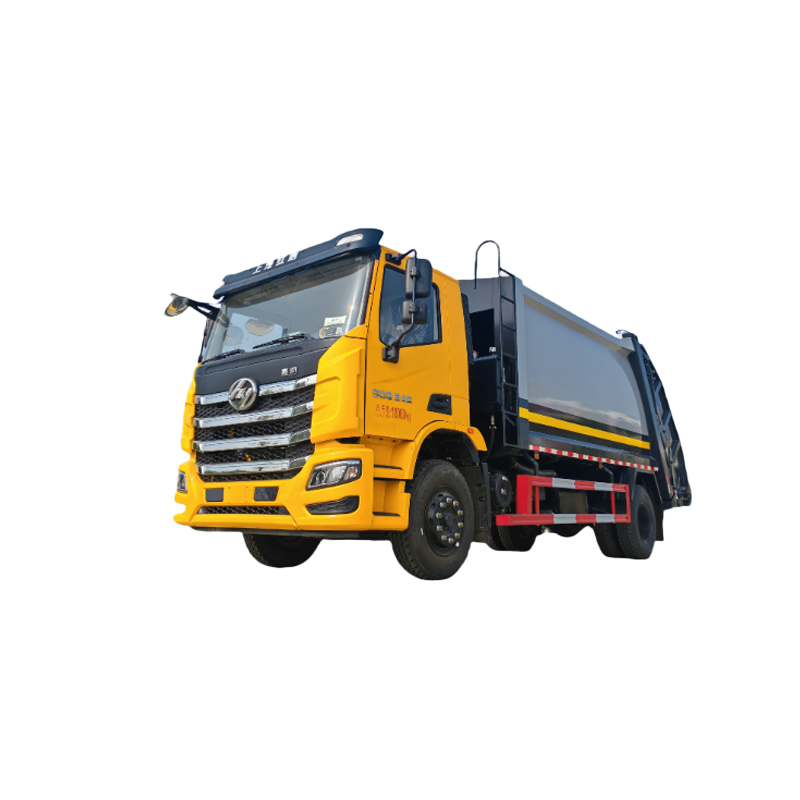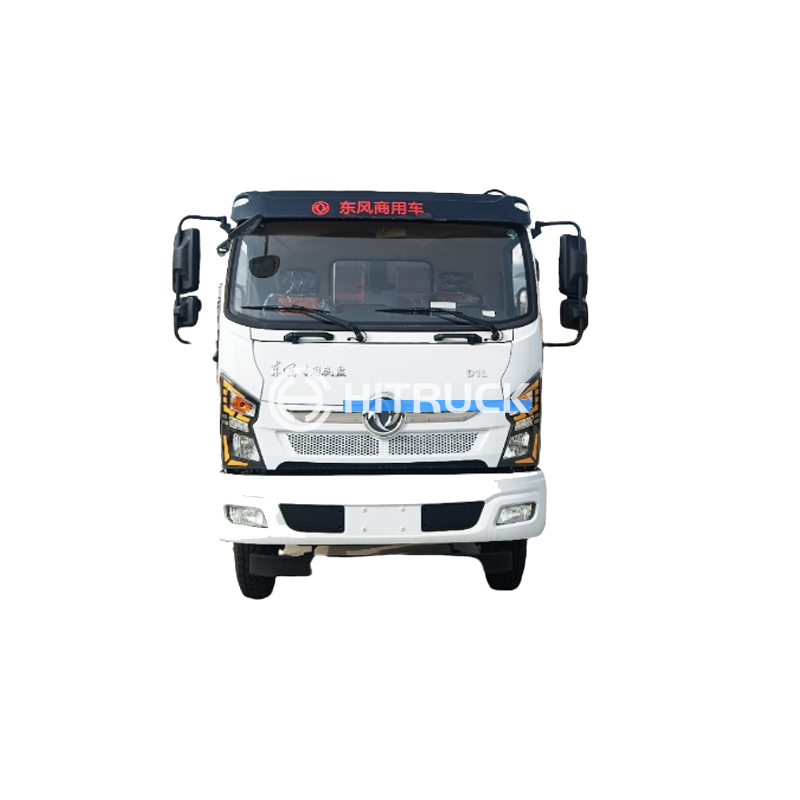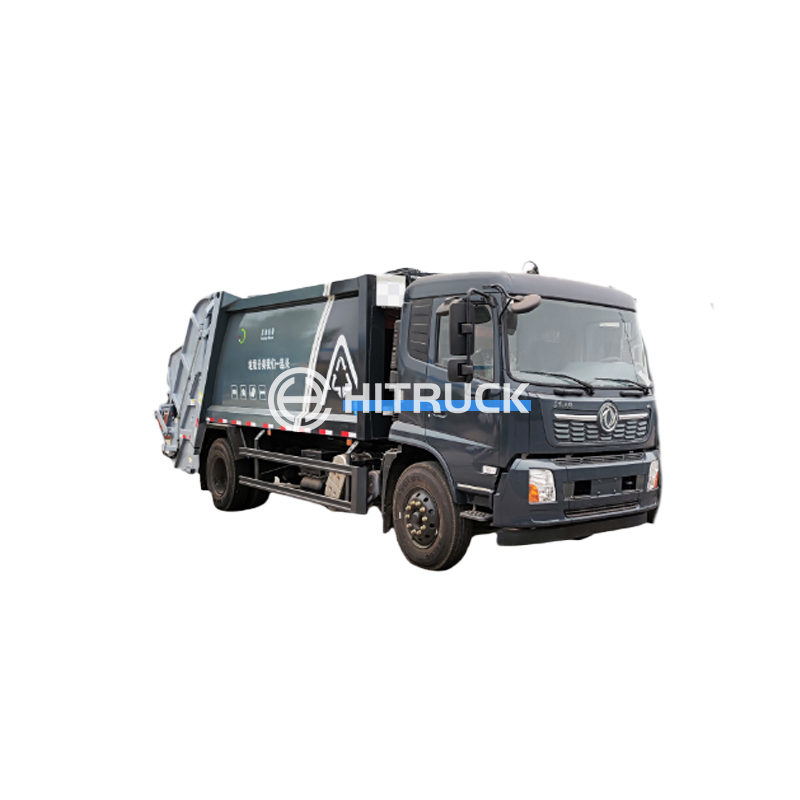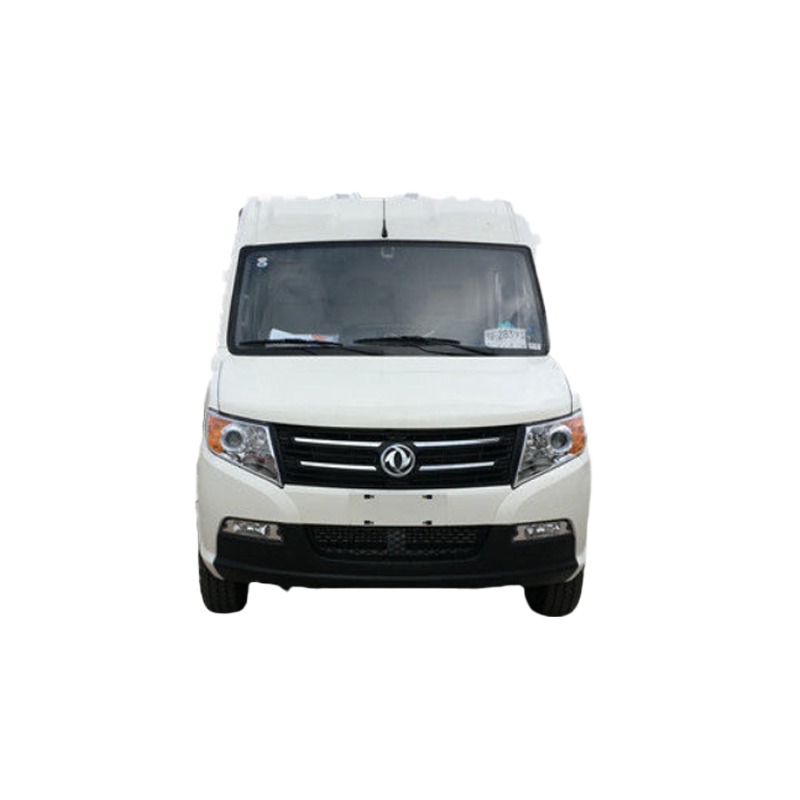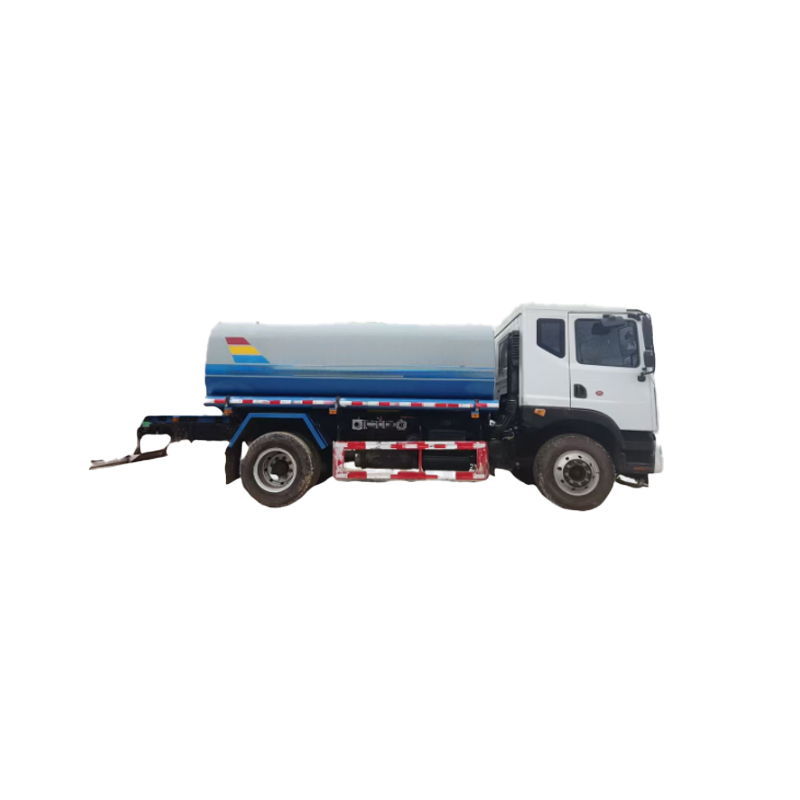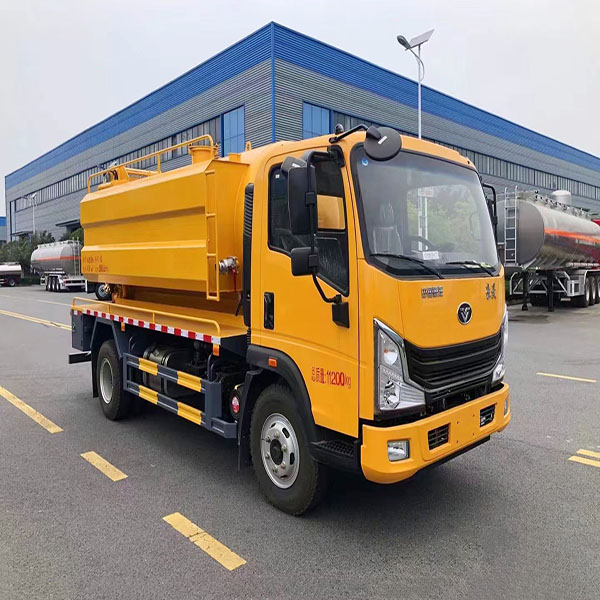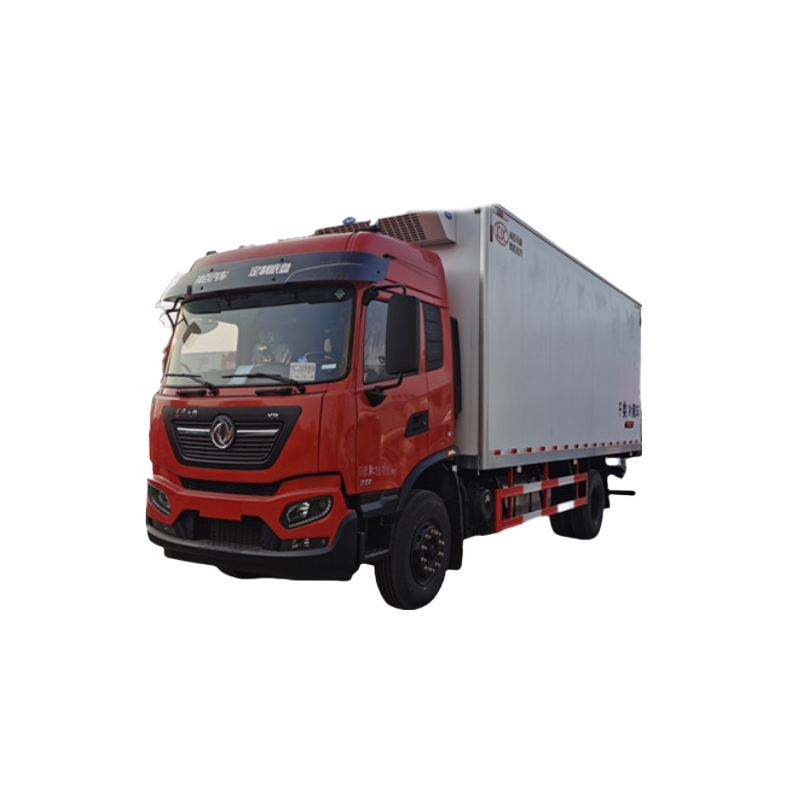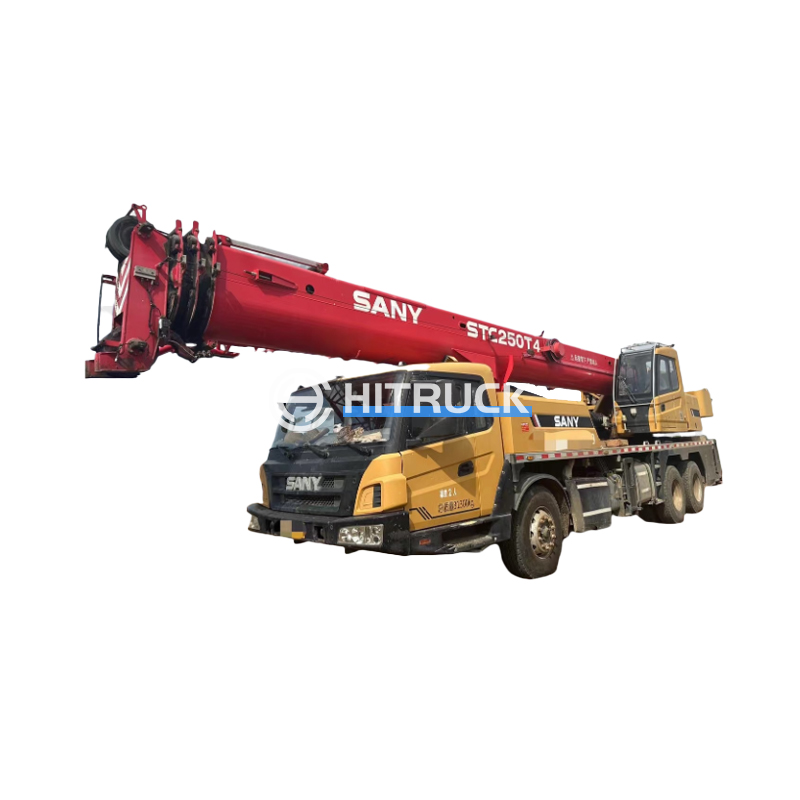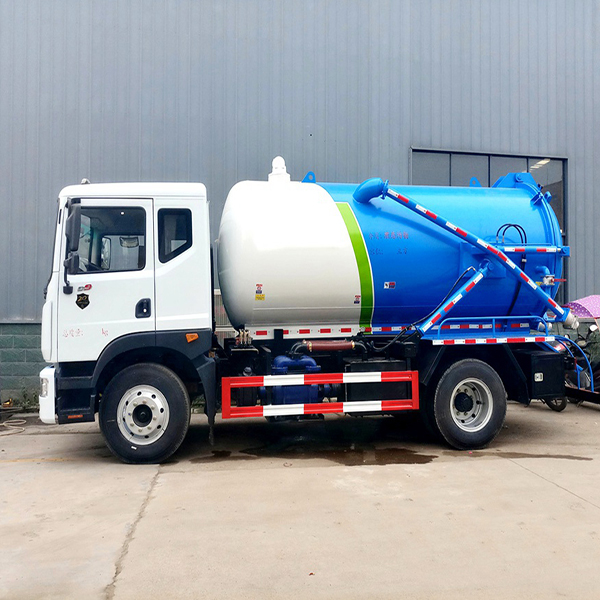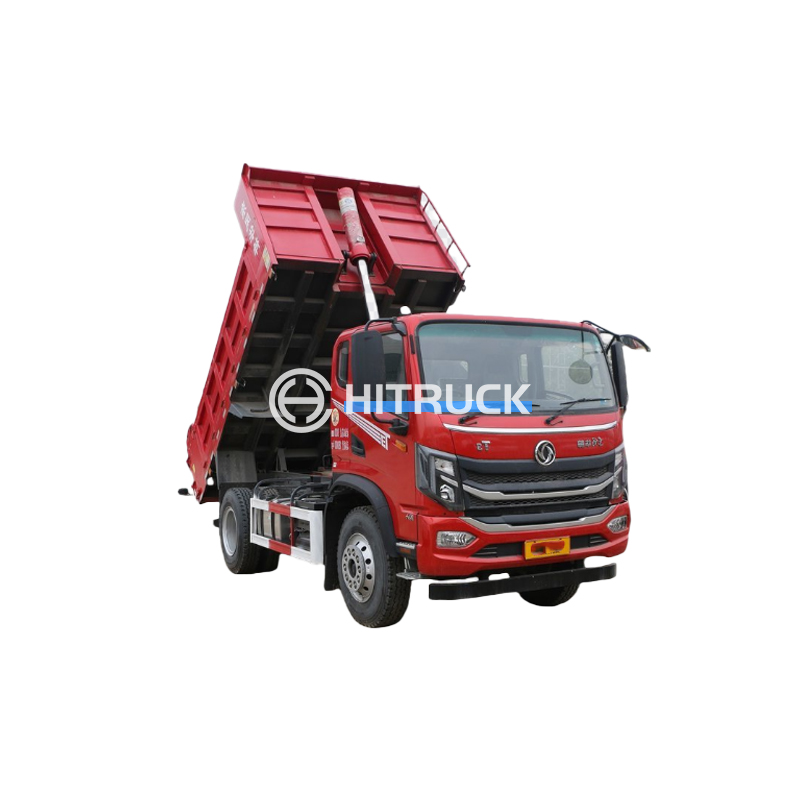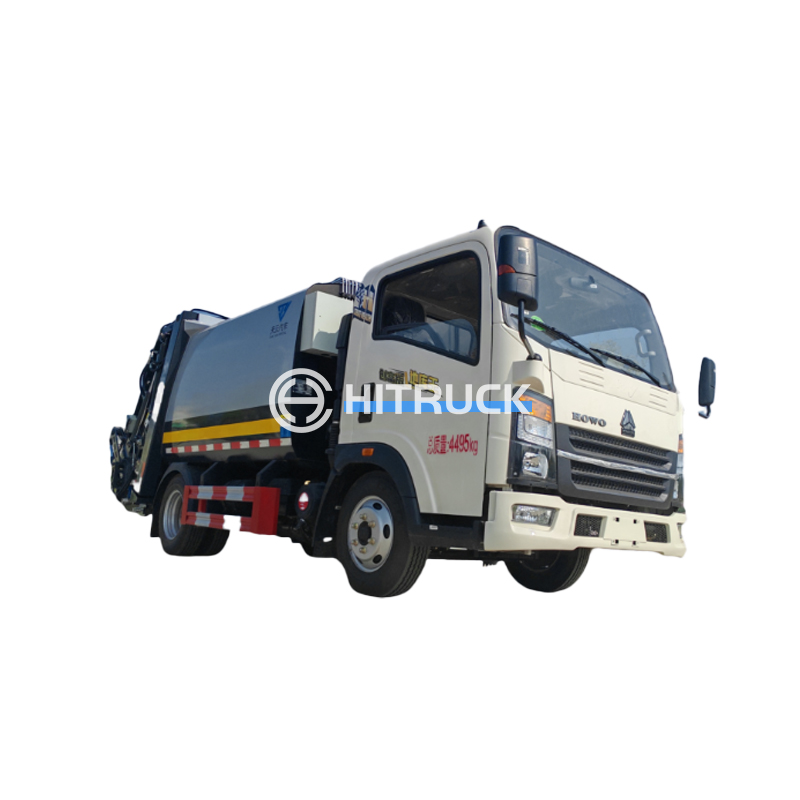Crane Spreader Bar: A Comprehensive GuideThis guide provides a detailed overview of crane spreader bars, covering their types, applications, safety considerations, and selection criteria. Learn how to choose the right crane spreader bar for your lifting needs and ensure safe and efficient operations.
Crane spreader bars are crucial components in lifting operations, providing a secure and stable connection between a crane hook and the load. Understanding their various types, functionalities, and safety protocols is vital for ensuring efficient and accident-free lifting practices. This comprehensive guide will delve into the specifics of crane spreader bars, helping you make informed decisions regarding their selection and use.
Several types of crane spreader bars are available, each designed for specific applications and load characteristics. The most common types include:
Standard crane spreader bars are versatile and widely used for a variety of lifting tasks. They offer simple designs and are generally cost-effective. The length and capacity vary significantly depending on manufacturer and specific application.
Designed for exceptionally heavy loads, heavy-duty crane spreader bars are constructed from high-strength materials and feature reinforced designs to withstand significant stress. They are often used in industries requiring lifting of unusually large and weighty objects.
Rotating crane spreader bars allow for precise positioning of the load during lifting, offering greater maneuverability. This feature is beneficial when dealing with awkward or irregularly shaped objects.
Specifically designed for lifting and transporting shipping containers, these crane spreader bars have specialized locking mechanisms to ensure secure engagement with the container's lifting points. Their design adheres to international container handling standards.
Choosing the appropriate crane spreader bar is paramount for safety and operational efficiency. Key factors to consider include:
The crane spreader bar's working load limit (WLL) must exceed the weight of the load being lifted. Always refer to the manufacturer's specifications and ensure adequate safety margins.
The length influences stability and maneuverability. Shorter bars are more stable but offer less reach, while longer bars provide greater reach but might necessitate careful consideration of stability.
The material used (e.g., steel alloy) directly impacts the crane spreader bar's strength and durability. High-strength materials are preferred for heavy-duty applications.
Consider safety features such as load indicators, safety latches, and clearly marked WLL information. Regular inspections and maintenance are crucial for maintaining safety.
Safety should always be the top priority when working with crane spreader bars. Here are some key safety precautions:
Numerous suppliers offer a wide range of crane spreader bars. For high-quality and reliable equipment, consider contacting reputable crane and lifting equipment suppliers. Online marketplaces and specialized equipment retailers also offer various options. For comprehensive inventory and exceptional service, check out Suizhou Haicang Automobile sales Co., LTD.
| Manufacturer | Material | WLL (tons) | Price Range ($) |
|---|---|---|---|
| Manufacturer A | High-strength steel | 10-50 | |
| Manufacturer B | Alloy steel | 5-30 |
Note: The data presented in the table is for illustrative purposes only and should be replaced with actual data from reputable manufacturers.

